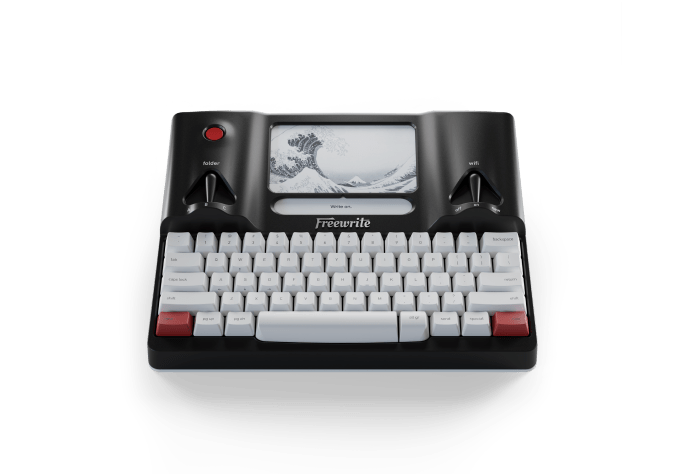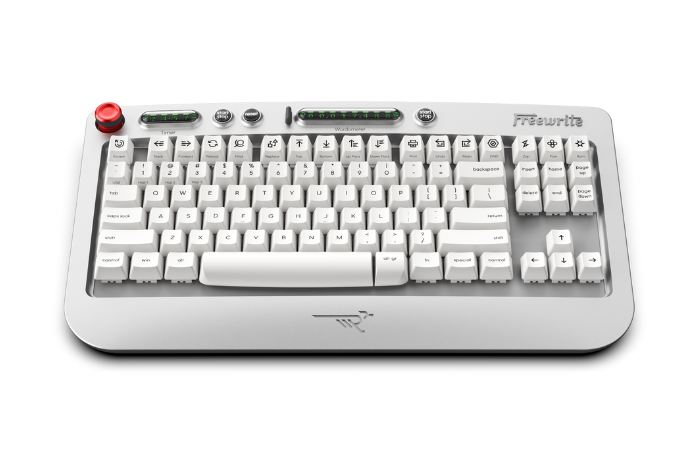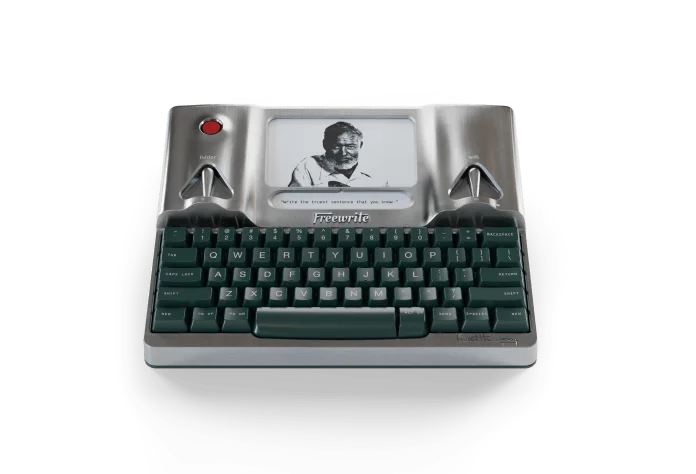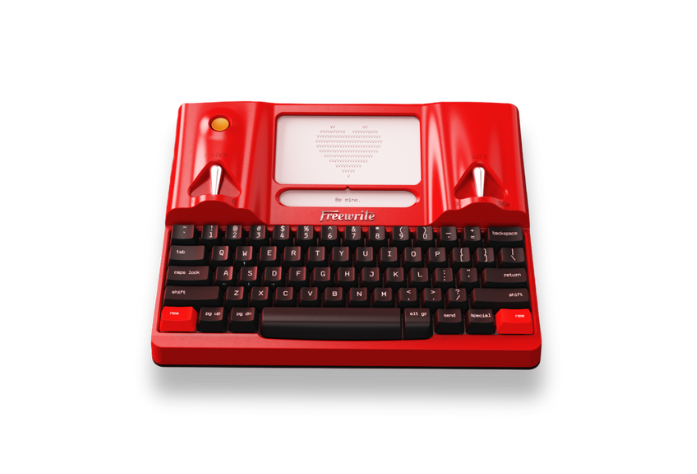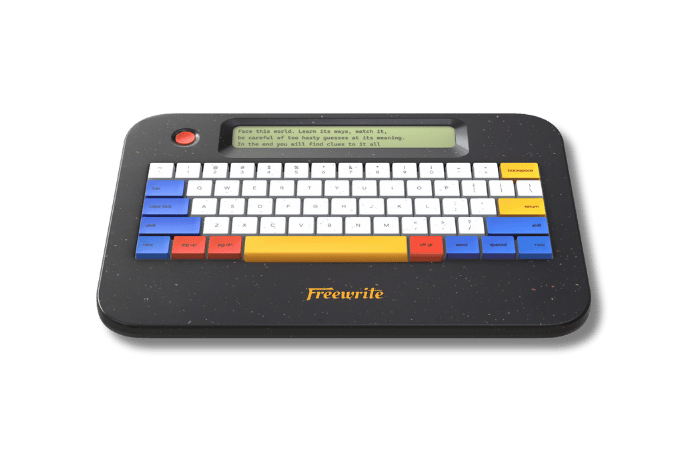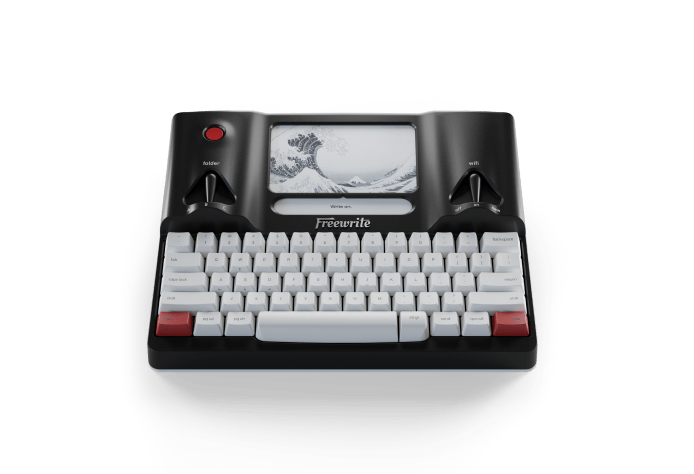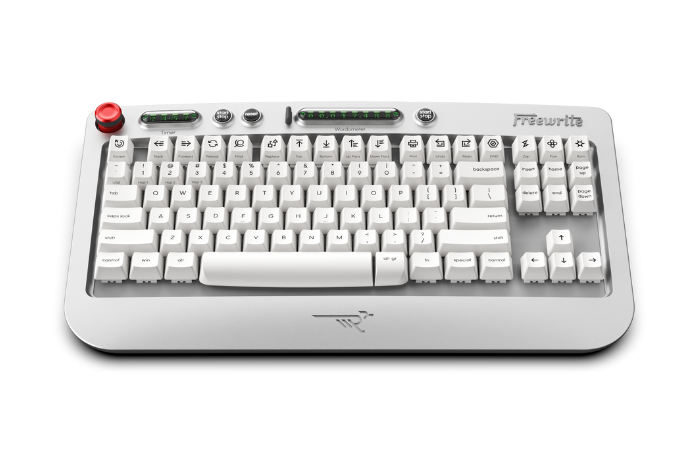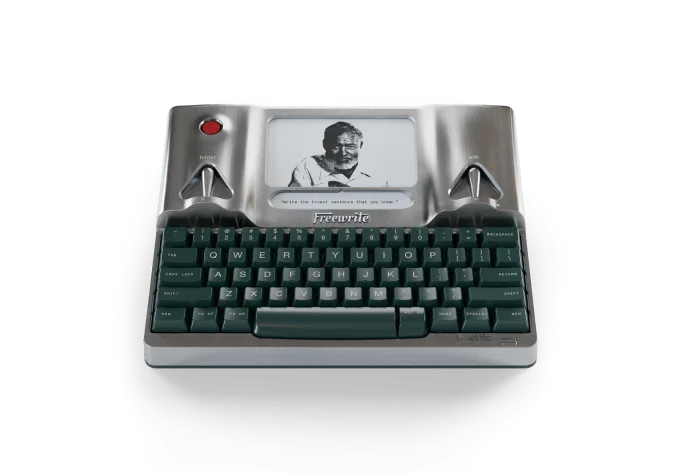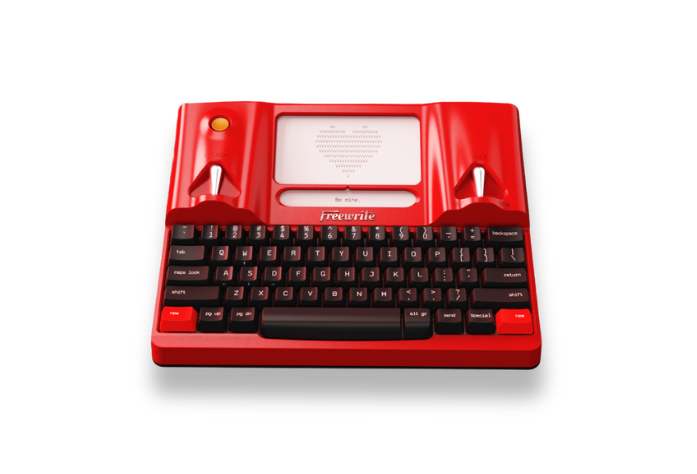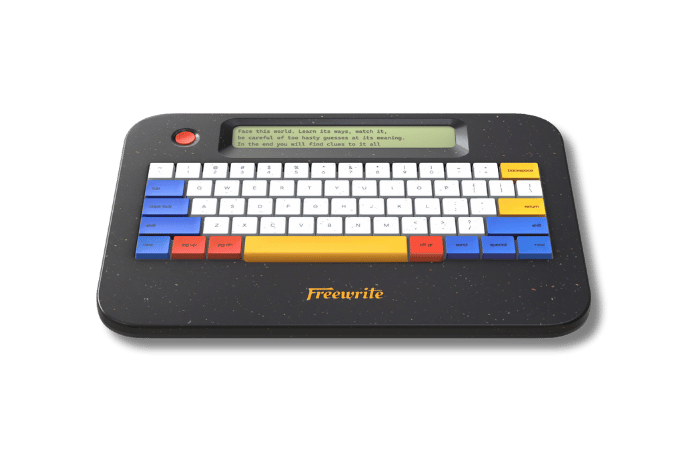If you’ve ever stared at a blank page and thought,“I have no idea what to write,” you’re not alone. It happens to every writer, no matter how experienced. The truth is, creativity needs a little fuel now and then - and that’s where imagination steps in.
Imagination is what takes your writing from ordinary to unforgettable. It helps you create new worlds, dream up interesting characters, and see things from fresh angles. When your imagination is active, your ideas feel more alive.
One of the best ways to give your imagination a kickstart is through writing challenges. These aren’t meant to be stressful or serious. They’re fun little exercises that push you to think in new ways, try different styles, and explore unusual ideas. And the best part? There’s no right or wrong way to do them.
In this article, we’ll talk about why imagination is such a big deal for writers, and share a bunch of simple yet powerful exercises you can try anytime you need a creative spark.
Why Imagination Matters in Creative Writing
The role of imagination in storytelling
Imagination is the engine behind every good story. It’s how we come up with characters who feel real, settings that pull readers in, and plots that surprise and delight. Whether you’re writing fiction, poetry, or even personal essays, imagination helps you dig deeper and see things from unexpected angles.
How creativity keeps writing fresh and exciting
Let’s face it - writing can start to feel repetitive if we’re always sticking to the same themes or formats. But when you let your imagination lead, you’re more likely to experiment, take risks, and discover new parts of your voice. That’s when writing starts to feel exciting again, both for you and your readers.
Common signs your imagination needs a boost
Sometimes, you don’t even realize your creativity has gone a bit quiet. Here are a few signs:
-
You’re struggling to come up with new ideas
-
Everything you write feels kind of the same
-
You find yourself procrastinating more than usual
-
Writing feels like a chore instead of something fun
If any of that sounds familiar, no worries. The rest of this article is here to help you shake things up and get back into that creative groove.
15 Creative Writing Challenges to Try Today
Sometimes all it takes to get your creativity flowing is the right kind of prompt. Writing challenges are like little mental workouts - they’re fun, often surprising, and they push you to think in ways you normally wouldn’t. The goal isn’t to write a perfect story. It’s to break out of your usual patterns, experiment with new ideas, and see what happens when you give yourself permission to just play on the page.
These challenges are great whether you’re feeling stuck or just want to shake things up. Some are short and silly. Others will ask you to stretch your imagination or step into a totally new perspective. There’s no wrong way to do them. You can write by hand, type it out, or even talk it through out loud if that’s your thing. What matters most is that you’re trying something different.
So grab a notebook, open a blank doc, or set a timer, and dive into one of these 15 creative writing challenges. Who knows? You might just spark your next big idea.
1. Write a Story with Only Dialogue
This challenge strips away everything except what your characters are saying. No descriptions, no internal thoughts, no narration - just pure conversation. It’s a great way to improve your ability to show emotion, personality, and action through speech alone. You’ll learn how to make each line carry weight and move the story forward without relying on extra context.
Example:
"Are you sure this is the right button?"
"Pretty sure."
"Pretty sure? That’s not very comforting."
"It’s fine. Worst case, we end up in 1975 again."
Try writing a scene like this and see how much you can reveal just through dialogue - character dynamics, setting, tension, humor, and more.
2. Describe a Place Using All Five Senses
When we write, we often lean too heavily on visual description. This challenge pushes you to use all five senses to bring a place to life: sight, sound, smell, touch, and taste. It’s a powerful way to create a vivid atmosphere and help readers feel fully immersed in your scene.
Example:
Choose a location like a crowded subway, an abandoned theme park, or a rainy beach. Then describe everything your character might sense in that place. What do the seats feel like? What smells linger in the air? What distant sounds or tastes stand out?
3. The 10-Minute Free Write
Sometimes your brain just needs a space to unload without judgment. Set a timer for 10 minutes and write whatever comes to mind. No pausing, no deleting, no editing. The goal is to get past your inner critic and tap into your raw, unfiltered ideas.
Example:
Start with a sentence like “The cat knew too much” or “There was something strange about the mail today.” Even if it feels random, go with it. You might be surprised at what shows up on the page when you stop trying to control the outcome.
4. Rewrite a Fairytale with a Twist
Take a well-known fairytale and flip it in an unexpected way. Change the genre, the time period, the perspective, or even the moral of the story. This is a great way to explore creativity within a familiar structure, giving you space to reimagine and reshape the story as your own.
Example:
What if Little Red Riding Hood was a sci-fi bounty hunter delivering something mysterious through dangerous territory? Or maybe Rapunzel escapes her tower not with a prince’s help, but by learning to code and hacking the tower’s locks?
5. Use Random Words in a Short Story
This challenge makes your brain stretch by forcing it to make connections between unrelated ideas. Use a random word generator, ask a friend for some suggestions, or even pick objects around your room. Then, write a short story that includes all the words in a natural way.
Example:
Toaster, violin, ghost, umbrella, cupcake.
Can you write a spooky bakery scene where all five show up? This kind of prompt can lead to surprisingly original and imaginative results.
6. Switch Genres Mid-Story
Start writing a story in one genre - maybe it’s a sweet romantic comedy or a dramatic coming-of-age tale. Then halfway through, switch things up completely. Make it a thriller, a horror, or even a dystopian fantasy. This challenge encourages you to blend styles and think about how to transition smoothly between tones.
Example:
You’re writing a quirky story about a barista and a regular customer who always orders the same thing. Just when things start getting cute, a time portal opens in the espresso machine, and now they’re racing through ancient Rome trying to fix history. Sounds wild? That’s the point!
7. Tell a Story from an Object’s Point of View
Pick an everyday object and imagine what it might think, feel, or remember. Writing from the perspective of something like a lamp, a backpack, or a doormat helps you practice empathy, creativity, and observation in fun and unexpected ways.
Example:
A library card that’s jealous of a newer digital pass. A sneaker left behind at a train station. A mirror that remembers every face it has seen over the years. Let the object tell its story, its fears, and maybe even its dreams.
8. Write a Story in Reverse
Start at the end of your story and work your way backward. This challenge helps you think differently about plot structure and cause-and-effect. It forces you to ask, “What could have led to this?” instead of “What happens next?”
Example:
Begin with the final line:“And that’s how I accidentally became mayor.”
Now figure out how your character got there, step by step, from the moment they took office all the way back to the beginning of their journey.
9. Create a World with One Strange Rule
Build a fictional world where one weird or magical rule changes everything. Maybe people can only speak in rhymes, or everyone swaps bodies every Monday. This kind of constraint forces you to think deeply about world-building and character behavior.
Example:
What if no one was allowed to sleep during daylight hours? How would society adapt? What kinds of conflicts might arise? Let your imagination explore all the ripple effects of your chosen rule.
10. Use a Song Lyric as a Story Starter
Pick a line from a favorite song and use it as the first sentence of your story. It can set the tone, mood, or even spark a whole plot. Just be sure to credit the lyric if you plan to share the story publicly.
Example:
Using the lyric“Hello darkness, my old friend,” you could write a tale about someone who literally meets darkness as a character, maybe even goes on an adventure with it. Play with mood and metaphor.
11. Write a Letter from One Character to Another
Letters can reveal so much about characters - their voice, backstory, relationships, and emotional state. This challenge helps you dig deeper into character development and storytelling through tone.
Example:
A villain writes a heartfelt apology to the hero. A time traveler leaves a note for their past self. A character writes a breakup letter to a city they’re leaving forever.
12. Invent a Holiday and Write About It
Make up a holiday, complete with traditions, foods, outfits, and history. Then write a scene or story that takes place during that celebration. This challenge blends world-building with character interaction and can lead to some fun, imaginative moments.
Example:
“Glow Day” - a night where people paint themselves with glowing ink and share their favorite memory of the year with strangers. What happens when someone hears a story they weren’t supposed to?
13. Write a Story Without the Letter “E”
This one’s a real brain-bender. Try writing an entire short story (or even just a paragraph) without using the letter “E” - the most common letter in the English language. It forces you to get creative with your word choices and sentence structure.
Example:
“Birds flap on dusk’s horizon, chasing shadows into night. Not a sound from this calm land.”
It’s tricky but fun, and it really stretches your vocabulary skills.
14. Create a Myth or Origin Story
Invent your own myth to explain something strange or ordinary. This could be the origin of the moon, why cats always stare at corners, or how a city got its name. Think like an ancient storyteller and let your imagination run wild.
Example:
Write a legend about how thunder was born from a giant dragon who sneezes in its sleep, or how the stars are actually the footprints of invisible sky travelers.
15. Write a Day in the Life of a Minor Character
Take a background character from one of your stories (or a book or movie you love) and write a day from their point of view. It helps you think about how every character has a story worth telling, even if they only get a few seconds of spotlight.
Example:
What’s the day like for the mail carrier in a town full of superheroes? Or the barista at a coffee shop where everyone’s always arguing about time travel?
Boosting Your Focus: How Distraction-Free Devices Can Help
Now that you’ve got a list of fun writing challenges to wake up your imagination, let’s talk about something just as important - creating theright environment to actually follow through and write. For a lot of people, the hardest part isn’t coming up with ideas - it’s staying focused long enough to turn those ideas into words.
That’s where distraction-free writing devices come in. These tools are designed specifically to help writers get into the zone and stay there, without the usual temptations of email, social media, or a million open tabs. One of the well-known options out there is theFreewrite, a modern digital typewriter that keeps your mind on the words, not the noise.
Freewrite philosophy is simple. Writing should be intentional. It should feel good, not like a fight for focus. We believe that when you take away the noise, what’s left is space to think, imagine, and create. If you're working through writing challenges or just trying to build a daily habit, we designed Freewrite to support that journey.
In the next section, we’ll introduce you to some of the best devices out there that follow this approach. Whether you’re tackling a story challenge, brainstorming a novel, or journaling your thoughts, these tools can help you write more freely and more often.

1. Smart Typewriter
The Smart Typewriter is a top-tier writing device, made for people who want a clean, focused space to write. It’s designed to help you stay in the zone without getting distracted by the internet or apps. With a comfortable keyboard, a screen that’s easy on the eyes, and simple cloud syncing, it’s everything you need to just sit down and write.
Features:
-
It has an E Ink screen that’s easy to read in any light.
-
The keyboard feels great to type on and is built to last.
-
It’s made from strong aluminum and has a handle so you can carry it easily.
-
Your writing is saved automatically and backed up to the cloud.
-
It works with many languages and you can also use it without internet.
How It Helps Writers:
-
Helps you stay focused by removing digital distractions.
-
Gives you a quiet, reliable space to write.
-
Makes it easier to get into a creative flow and stick with it.

2. Alpha
The Alpha is the lightest, most portable writing device - perfect for writers on the move who still want to stay focused and distraction-free. Whether you're on your daily commute, traveling across the country, or just hopping between coffee shops, Alpha makes it easy to write wherever inspiration strikes. It’s simple, reliable, and designed to help you dive into your words without the usual digital noise.
Features:
-
It weighs less than 2 pounds and is easy to take anywhere.
-
The built-in warm backlight lets you write in any lighting.
-
Writing is saved continuously and can hold up to one million words.
-
The keyboard is comfortable and designed to reduce finger fatigue.
-
Your drafts sync to the cloud and can also be transferred offline.
How It Helps Writers:
-
Keeps your focus on writing by cutting out all distractions.
-
Lets you write anytime, anywhere, with no need for editing tools or internet.
-
Makes it easy to stay in your creative flow and capture ideas as they come.

3. Traveler
Traveler is made for writers who want to take their creativity on the go. It’s compact, lightweight, and designed to go wherever your ideas do - from your kitchen table to a sunny park bench or halfway across the world. With no browser, no notifications, and nothing pulling your focus, it’s the perfect tool for distraction-free writing sessions, no matter where you are.
Features:
-
It weighs just 1.6 pounds and is small enough to fit in most bags.
-
The E Ink screen is easy on the eyes and readable in bright sunlight.
-
It has a full-size scissor-switch keyboard that feels smooth and responsive.
-
Your writing saves automatically and syncs with popular cloud services.
-
The battery can last for weeks on a single charge with regular use.
How It Helps Writers:
-
Makes it easy to write anywhere without distractions from apps or the web.
-
Keeps your eyes comfortable with a screen that works well in any light.
-
Helps you stay in flow while giving you peace of mind that your drafts are safe.

4. Hemingwrite
Hemingwrite is a premium writing tool, created in collaboration with the Ernest Hemingway estate. It combines everything writers love about the Smart Typewriter with a polished, hand-finished aluminum design that reflects Hemingway’s bold spirit. From its unique patina to the official engraved signature, every detail is made to inspire writers who want to create something lasting. It comes with a custom leather attaché case for safe travel and a classic touch.
Features:
-
It has a hand-polished aluminum body with a unique finish on every device.
-
The built-in display uses E Ink technology and syncs your writing to the cloud automatically.
-
It comes with a custom leather attaché case for stylish and safe transport.
-
The device supports dozens of languages and layout options.
-
It offers all the core features of the Smart Typewriter in a special edition package.
How It Helps Writers:
-
Encourages deeper writing focus with a distraction-free experience.
-
Inspires creativity with timeless design and a minimalist drafting setup.
-
Makes it easy to stay productive and enjoy the process, wherever you write.

5. Alpha Cosmic Edition
The Alpha Cosmic Edition is a special version of our beloved Alpha, designed for those who love a little more style with their focus. With its terrazzo-speckled black body and warm backlight, it’s built for late-night thinkers, creative travelers, and anyone who wants to write in peace without distractions. Whether you’re perched in a mountain cabin or posted up at your favorite café, Cosmic is your lightweight companion for getting words on the page.Every Alpha Cosmic comes with a custom felt sleeve featuring colorful stitching and leather trim.
Features:
-
The terrazzo-speckled body includes a warm backlight so you can write day or night.
-
It weighs under 2 pounds, making it easy to carry anywhere you want to write.
-
Your writing is saved automatically and stored locally and in the cloud.
-
It includes a custom-fitted felt sleeve with constellation-inspired stitching.
-
The battery lasts up to 100 hours, keeping you unplugged and focused longer.
How It Helps Writers:
-
Keeps you in the writing zone with no apps, alerts, or editing tools to distract you.
-
Designed to be beautiful, inspiring, and ready the moment you are.
-
Lets you focus on your ideas and take your creativity with you wherever you go.

6. Valentine Smart Typewriter
The Valentine Smart Typewriter is not just a writing tool - it’s a bold creative statement. Inspired by the revolutionary design of 1969, this special edition brings together vintage style and modern function to create a one-of-a-kind writing experience. With an aluminum body, a beautifully tactile keyboard, and a sleek carrying case, Valentine turns every writing session into something special. It has everything you need to write with focus, and nothing you don’t.
Features:
-
It shares all the powerful features of the original Smart Typewriter.
-
The aluminum body is paired with a stylish, water-resistant carrying case.
-
It saves your writing locally and automatically backs it up to the cloud.
-
The mechanical keyboard delivers smooth, satisfying feedback with every keypress.
-
It supports dozens of languages and keyboard layouts for global creativity.
How It Helps Writers:
-
Keeps your focus sharp by eliminating internet distractions and editing tools.
-
Inspires creativity with bold design and a sense of purpose every time you sit down to write.
-
Makes it easy to write anywhere with a protective case that’s ready for travel.
Final Thoughts
At the end of the day, writing should be something you enjoy. It’s a way to play with ideas, explore new worlds, and say things we didn’t even know we were thinking. So give yourself permission to explore, to be silly, to take risks - and most importantly, to have fun with it.
Remember, imagination is just like a muscle. The more we use it, the stronger it gets. These creative writing challenges aren’t meant to be perfect or polished - they’re here to help you stretch, grow, and surprise yourself along the way.
So why not pick one challenge and try it today? Set a timer, open a notebook or your favorite writing tool, and see what shows up. You might end up with a sentence, a story, or maybe even the spark for something bigger. Either way, you’re writing - and that’s what really matters.

